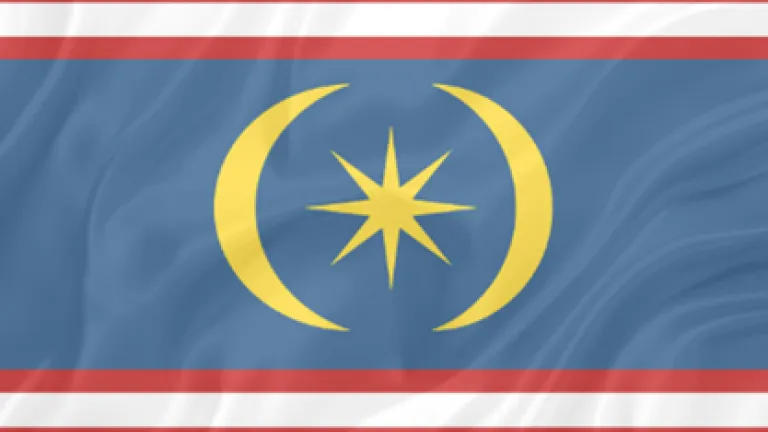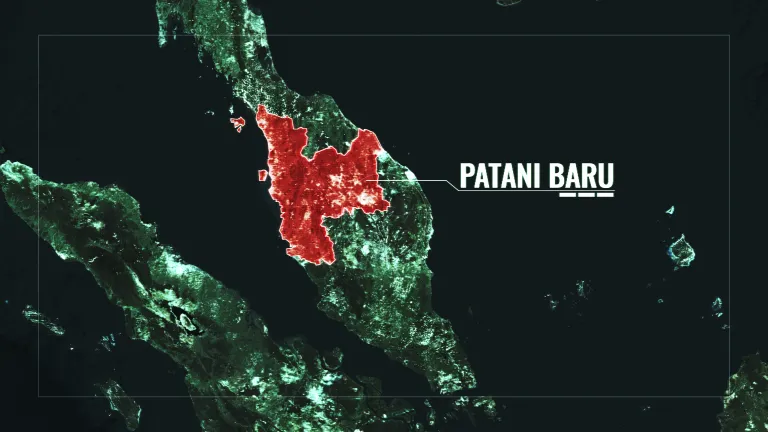Breadcrumb
- Home
- Operating Environments
- Indo Pacific
- Patani Baru
Patani Baru

Main navigation
Country overview
Patani Baru’s government was formed with British influences in mind, but with adaptations to meet the needs and desires of the people that formed it. The structure of the national government reflects the events that led to the formation of the country and is intended to ensure that the provincial level governments have a significant amount of power and influence in the running of the national government. Each of the five provinces has its own constitution, with four of them being constitutional monarchies, and the remaining province being a constitutional republic. Each province has a head of state, and a separate head of government. In each case the role of the Head of State is primarily ceremonial, while the Head of Government has more power.
The national government has been purposefully designed as a decentralized federation, dependent upon the provincial governments and therefore the real political power resides at the provincial level. While this model has helped to ensure that the national government is controlled by the provinces, it has also hindered the country’s economic potential and limited its ability to create a national defence force. The national government is primarily funded by each provincial government, rather than through national taxes.

Country Study Video
Country Capabilities
More Information
For more information, or for support in customising these scenarios to fit your training needs, please use the contacts link below to reach out the the Operating Environments team at the TASSC.